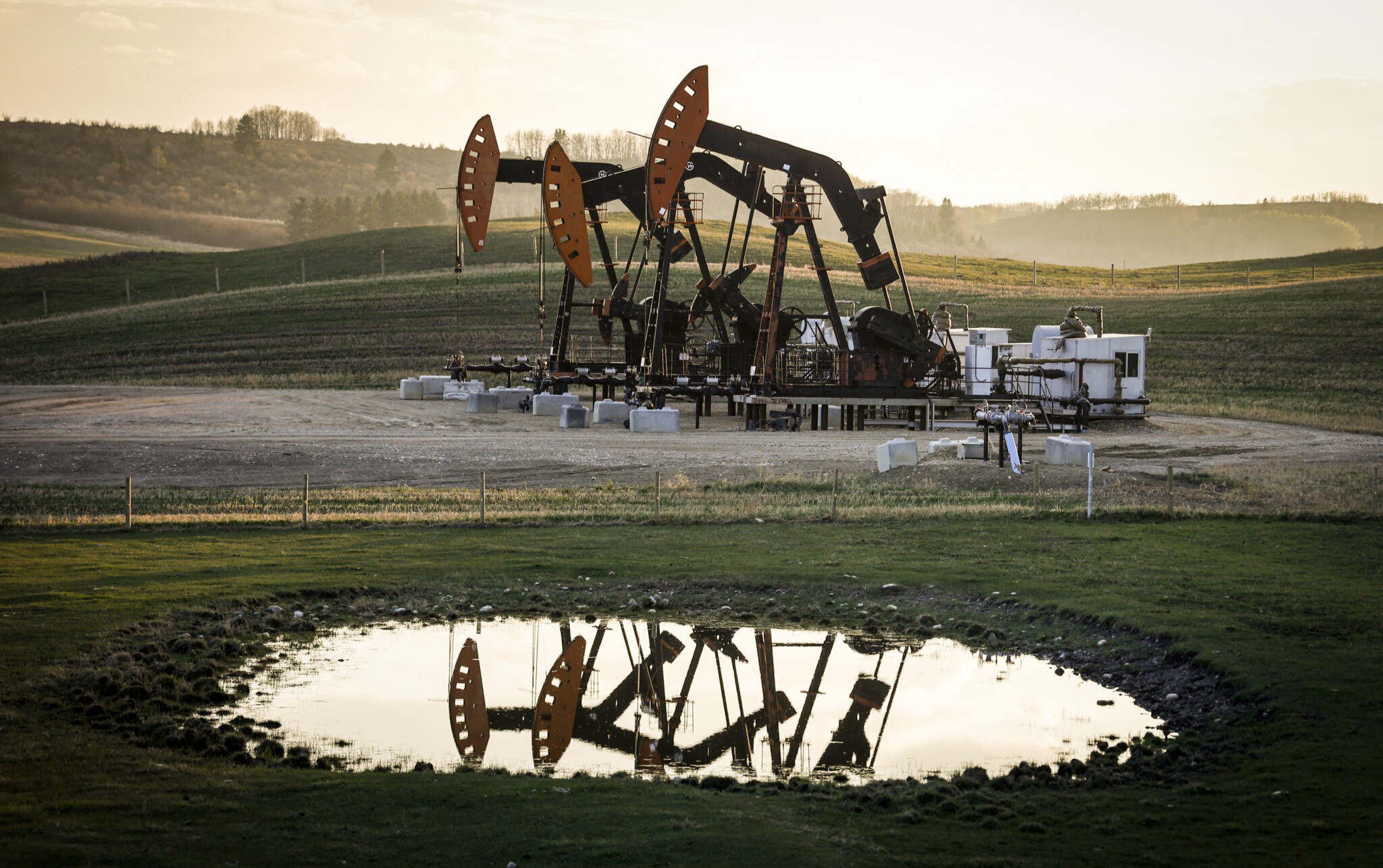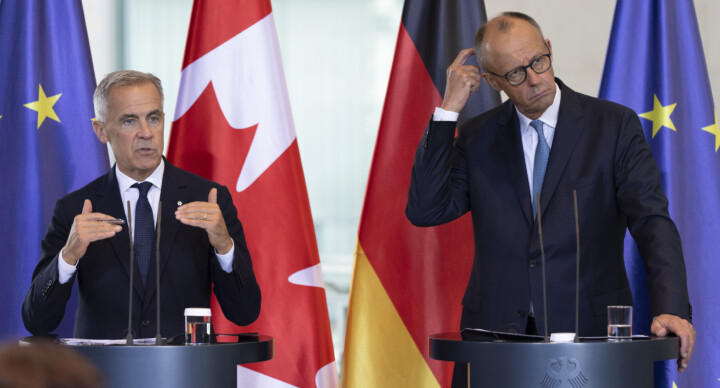With one social media post, President-elect Donald Trump has sent the loonie plummeting, premiers supplicating, and pundits panicking.
Of course, the 25 percent tariff would hurt Canada. But it would hurt American consumers and manufacturers as well, and weaken U.S. security and prosperity to the extent that one cannot believe Trump will go forward with it—or if he does, that it will remain in place for long.
The U.S. is irrevocably dependent on its supply chains with Canada for raw materials, food, components, and energy, as we are on it. We have built up this interdependence over decades and through world wars. The pain of bifurcating it through tariffs will be more than any politician’s electoral ambitions can bear.
How does the United States of America need us? Let me count the ways.
We all know the big one: crude oil. It is so important to the U.S.-Canada relationship that it comprises the third paragraph of the official response to the tariff announcement from the Trudeau government, famously not fans of crude oil. Our negotiating power is boiled down to one fact: 60 percent of U.S. crude oil imports come from Canada. In July, it hit a phenomenal 4.3 million barrels per day. That in turn means that almost a quarter of U.S. refinery throughput is Canadian oil.
Of that amount, about 2.9 million barrels per day flows via pipe to Midwest refineries, which are optimized to process heavy Canadian crudes. Those serve what have become some of the most important swing states in the U.S.: Wisconsin and Michigan. Maybe Trump wants to add up to 75 cents a gallon to their gas costs. Probably he doesn’t.
Fentanyl may be high on the list of Trump administration priorities. But it is not higher than energy dominance. A signature outcome of Trump 1.0 was the shale revolution and its associated benefits: low energy costs, deflationary pressures, and energy independence. They are keen to re-spark it, and Trump has said he wants to halve energy bills within the first year of his presidency.
But this time around they have the challenge of coming into power at shale’s peak rather than its ascendance. That is probably why the Trump team leaked—over a week ago, a lifetime ago—plans to revive Keystone XL on his first day back. There was little appetite amongst the private sector to deal with the risk and political uncertainty of KXL a week ago. Now, with a 25 percent tariff looming? Forget about it.
In fact, to paraphrase Trump, we’ll build a great pipeline on our southern border, but we’ll make the United States pay for it. (If they don’t, we should build Northern Gateway instead.)
But it’s much more than crude oil. It’s natural gas too. Canada sends as much natural gas to the U.S. on a net basis as Russia sent to Germany via Nord Stream I. Imagine adding a 25 percent tariff on Canadian natural gas to U.S. residential heating bills in January.
Fortunately for Canada, with TMX newly online and LNG Canada in its commissioning phase, we are finally able to export to other markets the oil and gas that many American customers will have to refuse because they can’t afford their energy bills.
But it’s much more than oil and gas. In addition to being the world’s second-largest producer and exporter of uranium, Canada is the United States’ largest single import source of the energy mineral. The nuclear renaissance will help drive the artificial intelligence boom in the U.S., but not if tariffs drive Canadian uranium to other, eager, buyers at the same time as the U.S. cuts off Russian imports.
Canada is the United States’ top provider of mineral products in general. For many of those, including that needed for defence supply chains, Canada is the only or the most significant provider. The U.S. has a 50 percent-plus net import reliance on 23 Canadian commodities.
As one example, the U.S. has no nickel refining capacity of its own. It has one nickel mine left, in Michigan, which then exports all of its product to Sudbury to be refined. Canada provides roughly 50 percent of America’s nickel needs and is its number one provider of nickel superalloys used in the aerospace, marine, nuclear reactors, and chemicals and other sectors.
In the case of nickel, the 25 percent tariff probably won’t be passed on to U.S. industry. Because what they will do instead is source it from Indonesia, which isn’t facing tariffs, and which is heavily interdependent on Chinese processing and financing. The Michigan nickel mine? Its product will be subject to the tariff after it gets processed in Canada. I just can’t believe they would act against their own interests in such a fashion.
I have heard from some of the online commentariat that Canada is weak and Trump is taking advantage of that.
But Canada only acts weak. It is not weak. When we speak of our oil, natural gas, and uranium reserves, we don’t speak in years, or in decades. We have more than a century of these resources: in the oilsands; in the Montney, Horn River, and Liard natural gas basins; in the Athabasca and Thelon uranium basins—at today’s production levels. And at today’s production levels, we are the world’s third-largest exporter of oil, sixth-largest exporter of natural gas, second-largest exporter of uranium, and second-largest exporter of electricity.
We must not act in a way that undermines our closest ally’s interests or cuts off our nose to spite our face. The U.S.-Canada relationship is far deeper and broader than a Trump Truth Social post.
But there is surely a lesson to create a Canada First energy and resource policy. One that makes us a greater power on the world stage, with more influence and the ability to advance our own values and interests.
Those interests include a rules-based order with open and free trade for everyone who respects the rules and pursues open and free trade with us.










